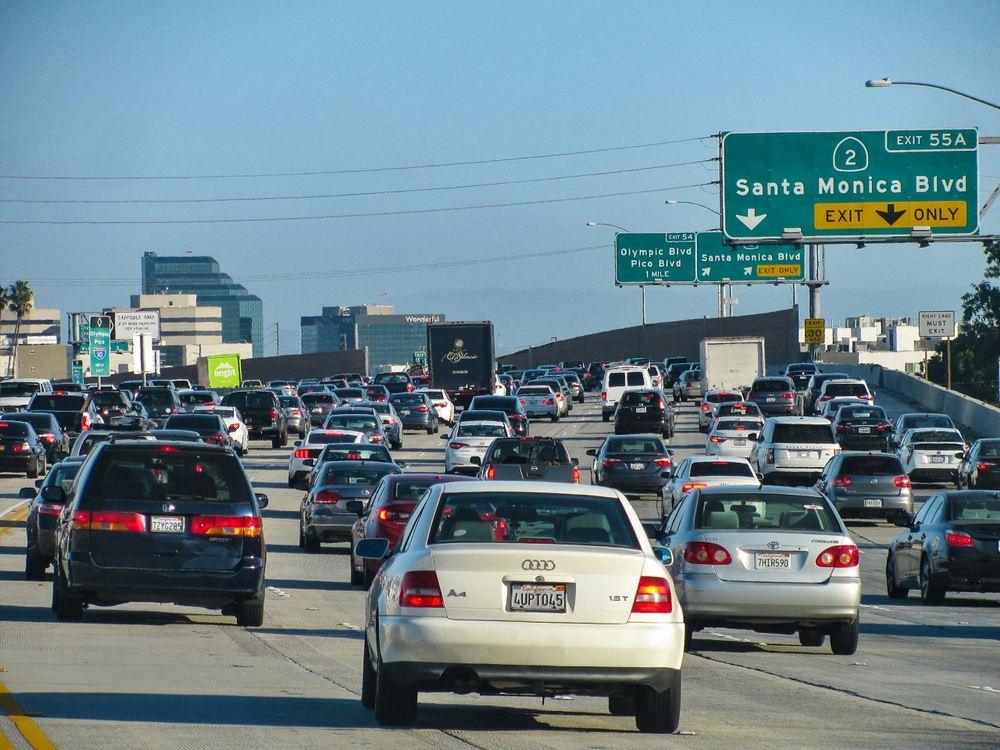Improving infrastructure could save trucking billions of gallons of fuel
ATRI finds that traffic congestion means trucks need 6.87 billion more gallons of fuel. Fixing this would save money and help the environment.
Improvements to our nation’s highway infrastructure can help conserve fuel and reduce emissions, according to a case study released by the American Transportation Research Institutethis week. Nationally, congestion is estimated to have increased the trucking industry’s fuel consumption by 6.87 billion gallons in 2016; adding an additional $15.74 billion to its fuel bill.
In this newly released analysis, ATRI estimated the fuel consumption and emissions impacts of congestion at one of the worst traffic bottlenecks in the country, the interchange of I-285 and I-85 in Atlanta, GA — known locally as Spaghetti Junction.
That interchange ranked No. 2 on ATRI’s annual list of the Top Truck Bottlenecks earlier this year. That was the first time in four years that Atlanta wasn’t at the top of the list after being supplanted by the New York City metro area. But Atlanta did feature three interchanges on the top 10 list.
The research combined ATRI’s truck GPS database to determine vehicle speeds by time of day, daily trip counts collected by the Georgia Department of Transportation, and emissions factors derived from the U.S. EPA’s state-of-the-science emissions model.
The study found that increasing average vehicle speeds to 55 mph, which currently are as low as 14 mph during the weekday evening commute, is projected to save 4.5 million gallons of fuel annually – savings that benefit both local commuters and trucking companies. Beyond fuel savings, reductions in emissions were estimated to be 17% for fine particulate matter, 5.5% for smog-forming NOx emissions and 8% for carbon dioxide emissions.
“Fleets today consider not only their bottom line but also their environmental performance,” said Mack Guest, president of LAD Truck Lines. “This case study highlights how investing in our nation’s infrastructure can serve the dual purpose of lowering transportation costs and air pollution.”
The report is the second case study ATRI has published as part of its “Fixing the 12%” research initiative. ATRI previously found that 89% of the trucking industry’s congestion costs are generated from just 12% of Interstate miles. Improving that 12% could positively impact the flow of people and good as well as the environment.

